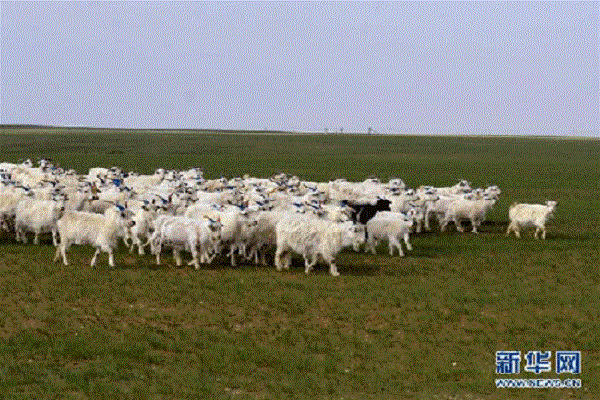Inner Mongolia to prioritize grasslands conservation
By Zhao Xiao (chinadaily.com.cn)
Updated: 2016-11-21
During the 13th Five-Year Plan period (2016-2020), China’s Ministry of Finance has proposed to allocate 4.58 billion yuan ($685.91 million) to the Inner Mongolia autonomous region each year, representing an annual increase of 530 million yuan, compared to the previous plan period.
 |
|
An autumn scenery of the nature reserve at Xilin Gol in North China’s Inner Mongolia autonomous region. The nature reserve covers an area of more than 5,800 square kilometers, making it a haven for plants and wildlife. [Photo/Xinhua] |
The central government has designated over 1.02 billion mu (68 million hectares) of grasslands to be environmental protection areas, according to the Inner Mongolia Agriculture and Husbandry Bureau.
The new conservation funding will not only focus on husbandry, but also on the sustainable ecology of the local grasslands, through measures such as grazing prohibitions, in order to achieve a balance between livestock and grass.
Local businessmen, who are willing to manage acres of the grasslands under proper management, will also receive funds from the government.
 |
|
Experts from the Chinese Academy of Sciences (CAS) are checking the growing conditions of herbage vegetation in the experimental zone, Hunlunbeir, Inner Mongolia autonomous region. [Photo/nmgcb.com] |
The regional government has clearly established rules and regulations concerning grazing, and all subsidies will be granted through a debit card to local residents.
Farmers or herdsmen may potentially be fined if they fail in their duty to protect the local grasslands.
Occupying 22 percent of China’s total grasslands, Inner Mongolia possesses 86.77 million hectares of natural grasslands, more than anywhere else in the country.
Thanks to these supportive policies, the vegetation coverage rate has now reached 44 percent, an increase of 7 percent, and the environmental degradation that was previously taking place is now being reversed.
 |
|
A flock of goats grazing on the tranquil grasslands of the Urad Middle Banner, Inner Mongolia autonomous region. The Inner Mongolia government has done much work on accelerating the restoration of grasslands in recent years. [Photo/Xinhua] |
 |
|
Left and center: A sandy area in Duolun, Inner Mongolia autonomous region. Right: A grassland area, also in Duolun, which currently has nearly 196,000 hectares of forests and grasslands, up from 36,000 hectares in 2000. [Photo provided to China Daily] |

High-speed train debuts in Inner Mongolia
A bullet train departed Hohhot East Railway Station for Ulanqab marking the start of high-speed rail services using Inner Mongolia’s first newly-laid high-speed railway on Aug 3.
